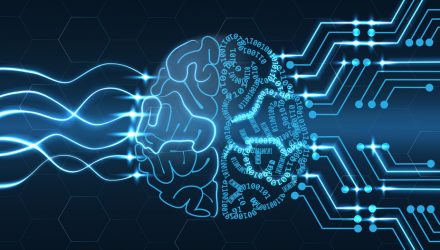I have good news to share about the future. Despite what you may have heard elsewhere, the future of work in a world with artificial intelligence (AI) is not all doom and gloom.
And thanks to a research-backed book from Malcolm Frank, What to Do When Machines Do Everything, we have data to prove it. Also, thanks to new educational approaches, we are better equipped to prepare students and misplaced workers for a future with AI.
All of these topics were covered at Cornell’s Digital Transformation Summit, where my colleague Radhika Kulkarni and I spoke alongside Frank and some of our country’s top educational leaders.
Related: 3 Areas to Take Action in Artificial Intelligence
Frank, Executive VP of Strategy and Marketing at Cognizant, says we’re experiencing the fourth industrial revolution. He anticipates that the percentage of job loss from AI will correspond with job loss rates during other periods of automation throughout history, including automation through looms, steam engines and assembly lines.
Workforce Changes From AI
Fundamentally, workforce changes from AI will be like those during the industrial revolution and the introduction of the assembly line. About 12 percent of jobs will be lost. Around 75 percent of jobs will be augmented. And there will be new jobs created.
Read the article, “Why Artificial Intelligence will Create More Jobs Than it Destroys,” for more predictions on this topic, including a few from SAS Executive Vice President, Chief Operating Officer and Chief Technology Officer Oliver Schabenberger.
At SAS, we take an interest in the entire impact AI will make on society. In areas where AI can augment work, we’re developing new technology offerings. In areas where AI will displace work, we’re committed to providing education and training programs that can help retrain workers. Consider these two recent examples:
